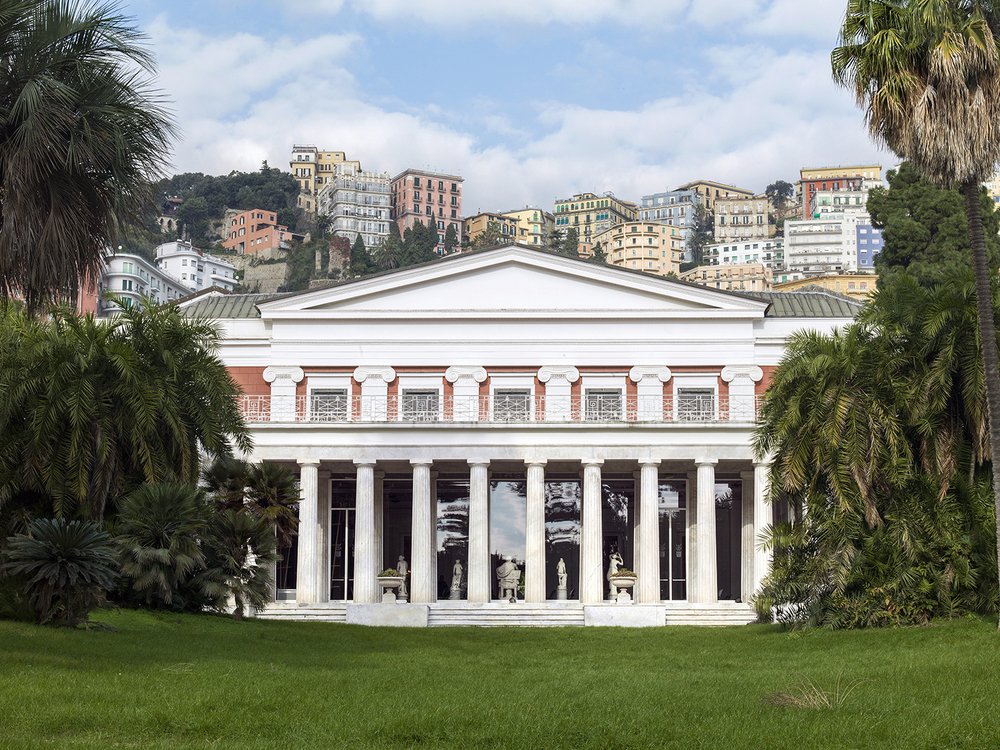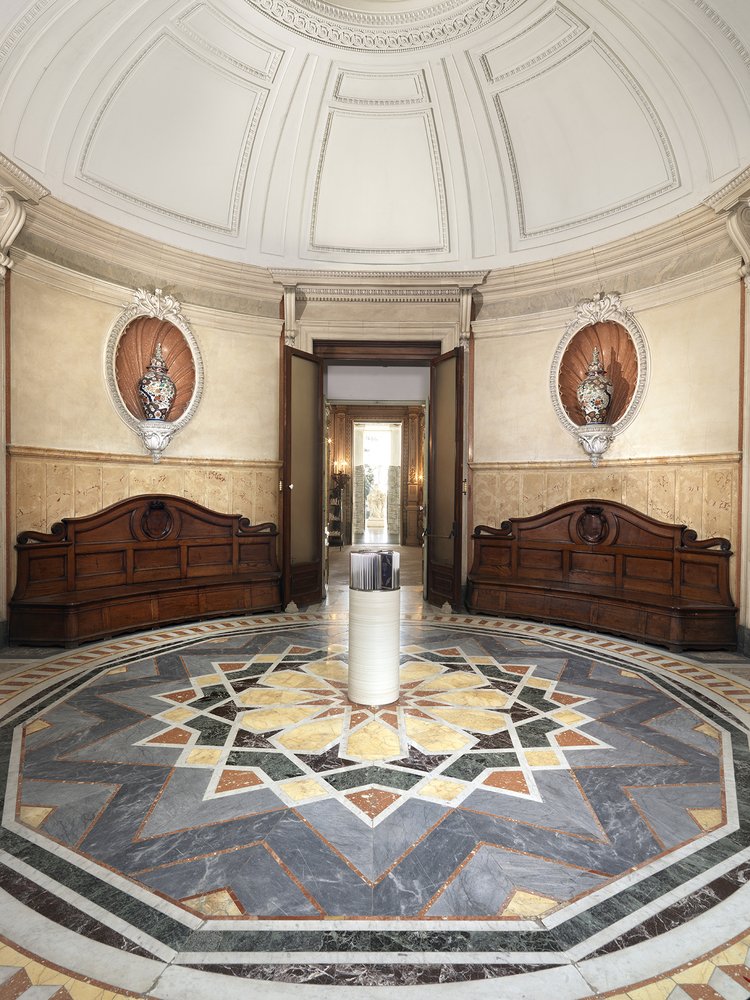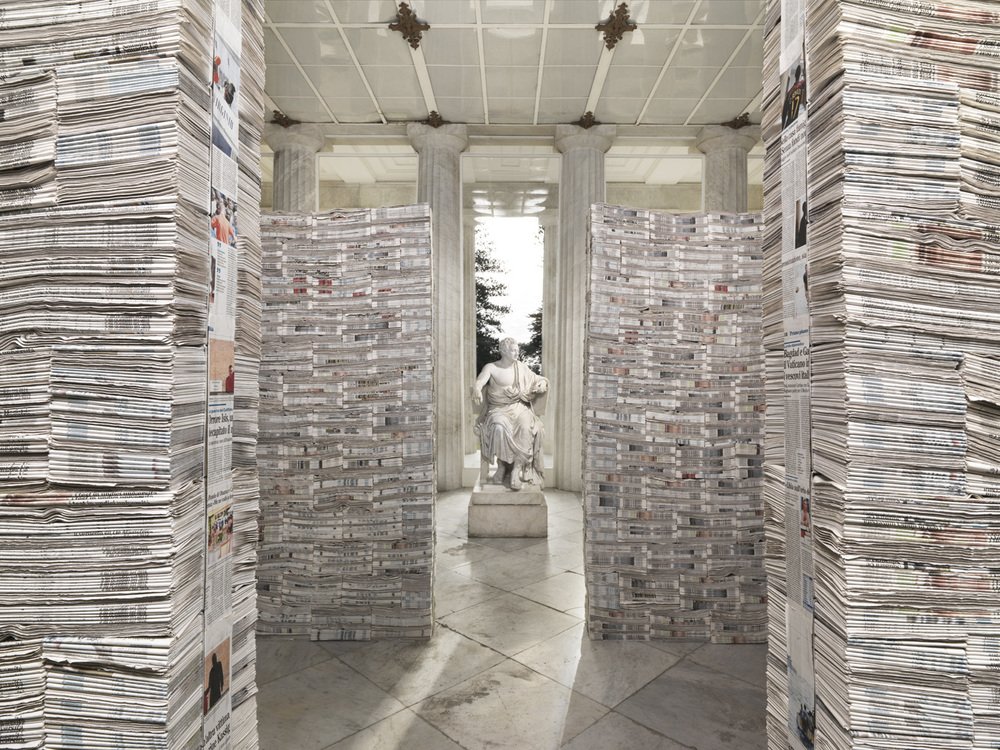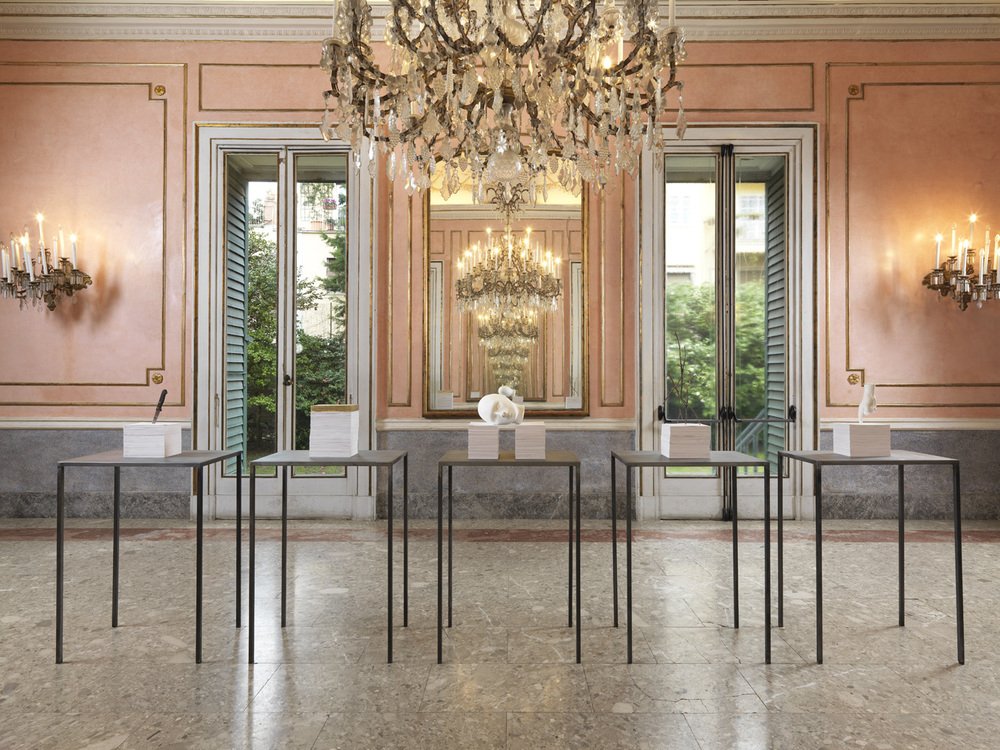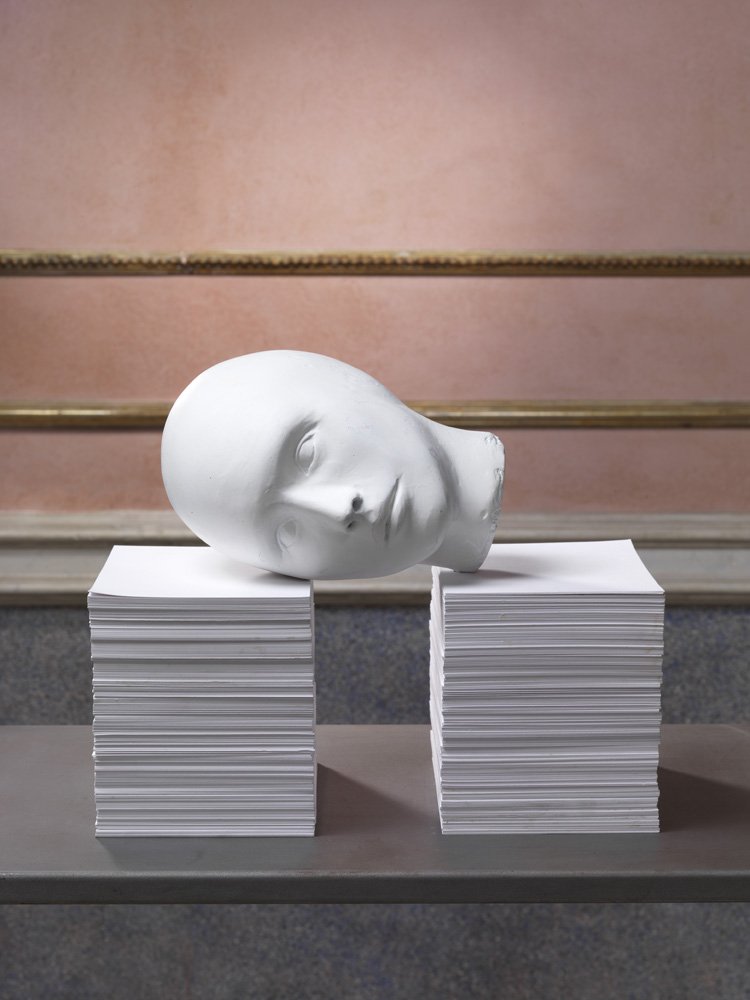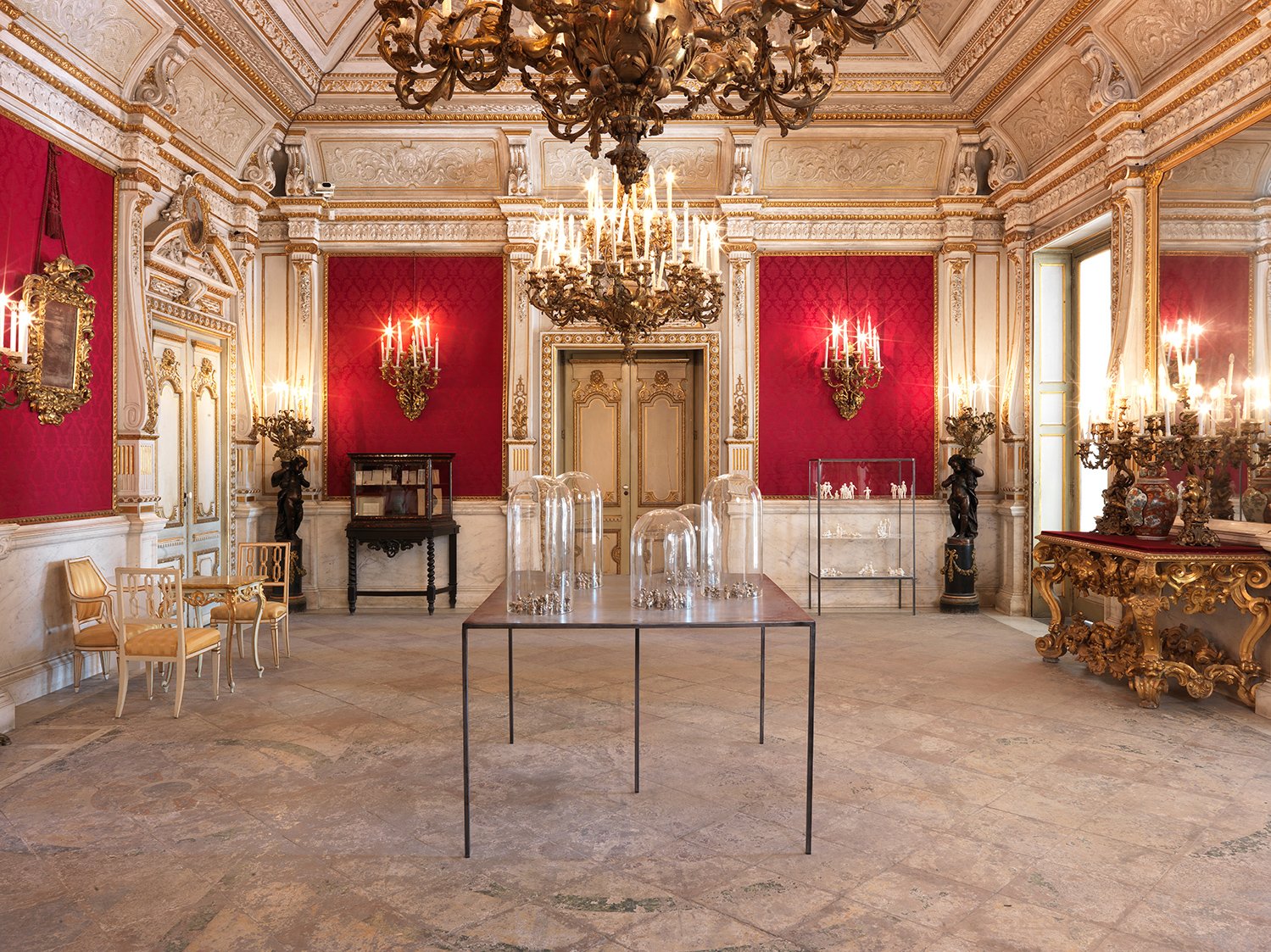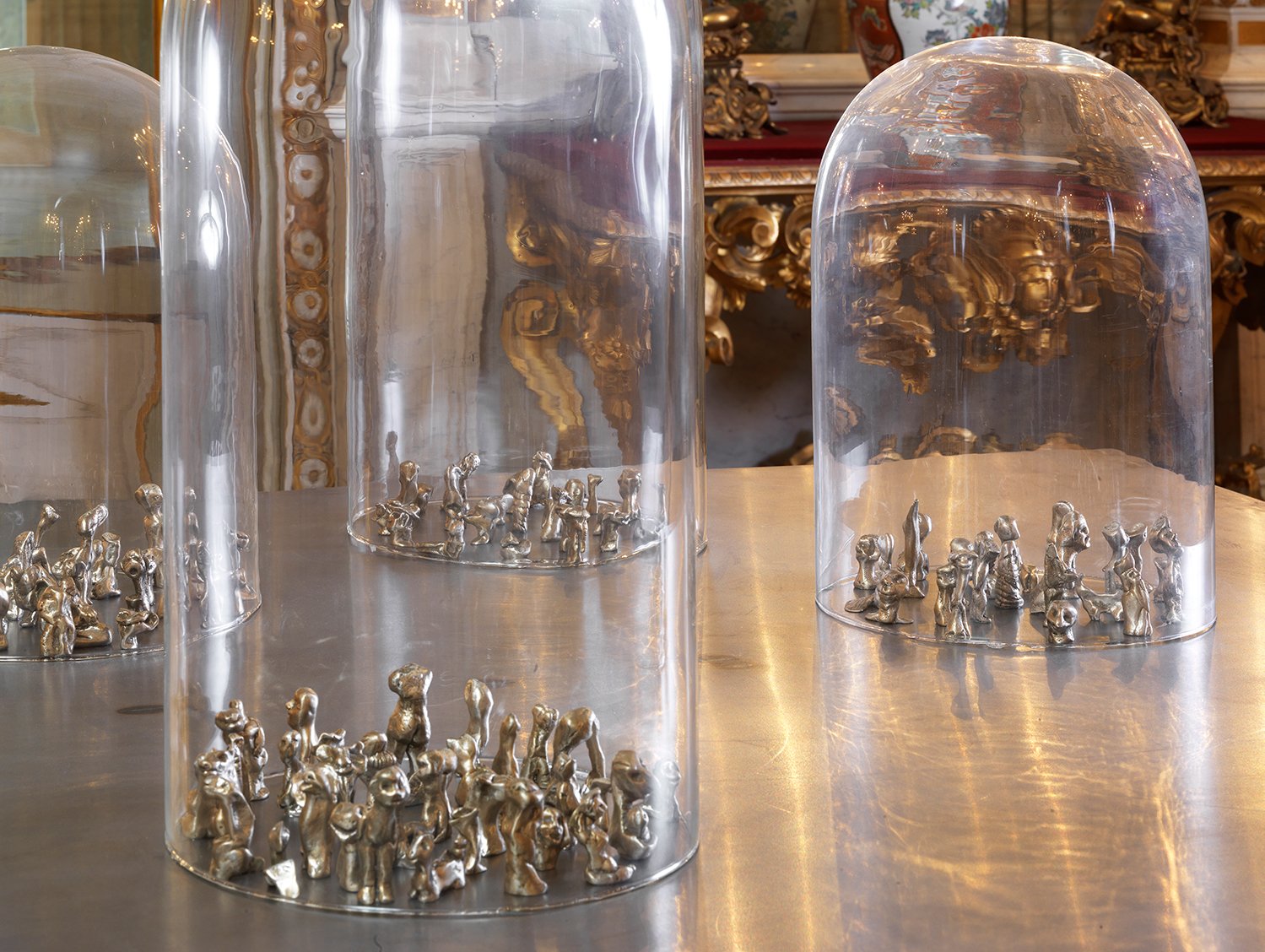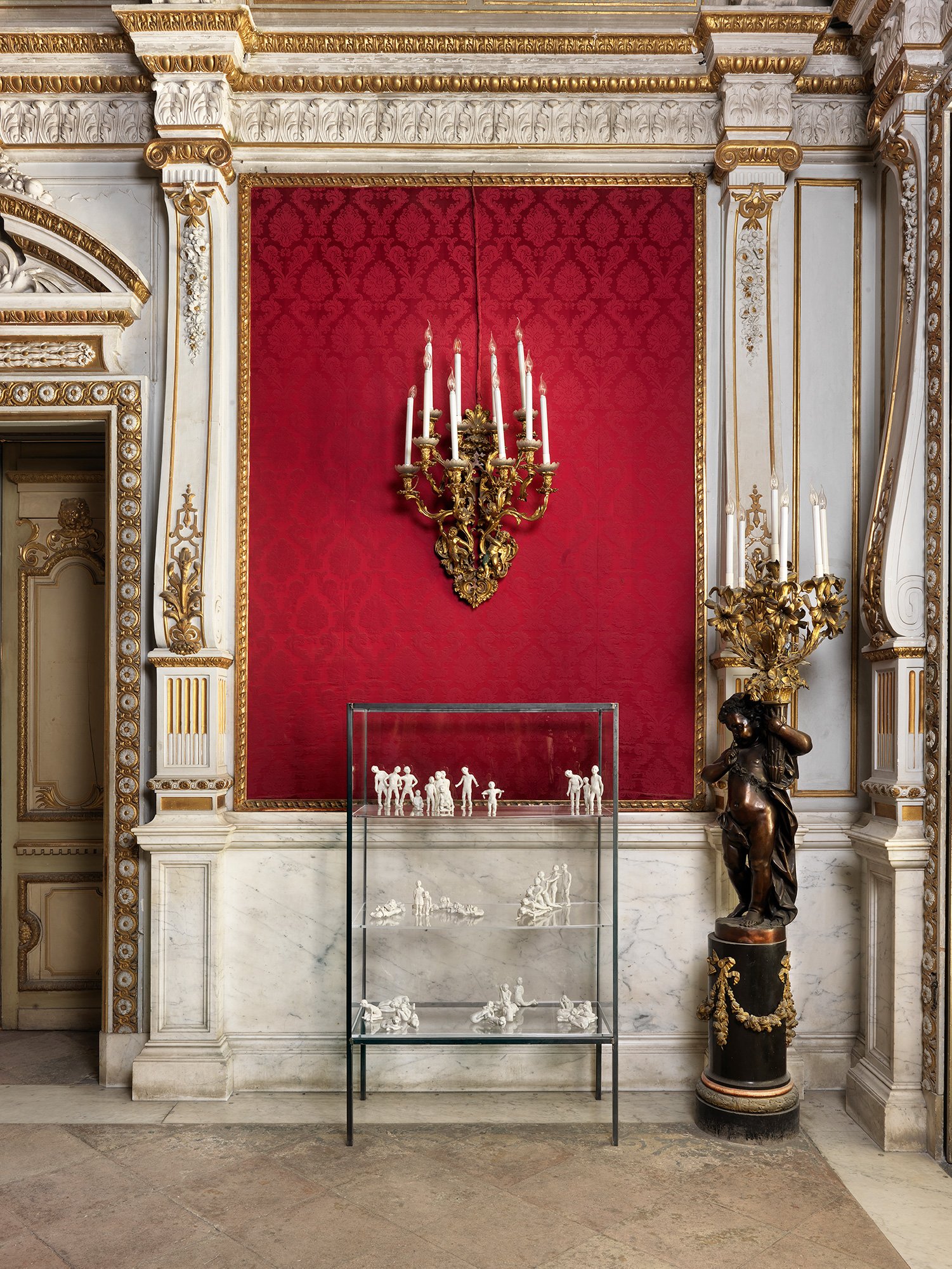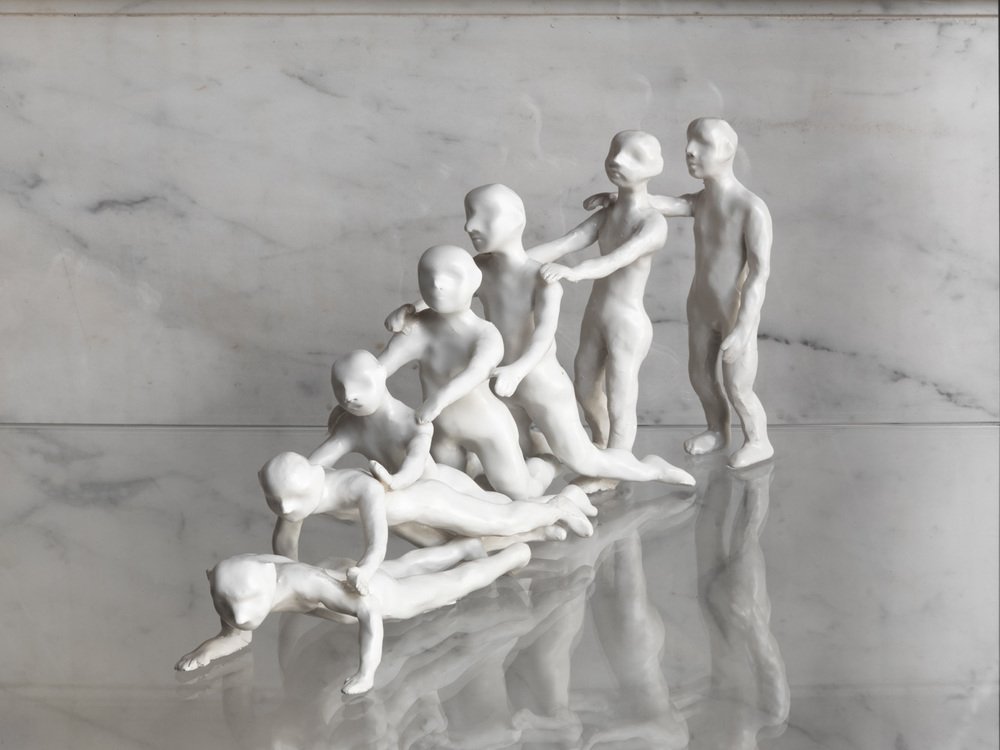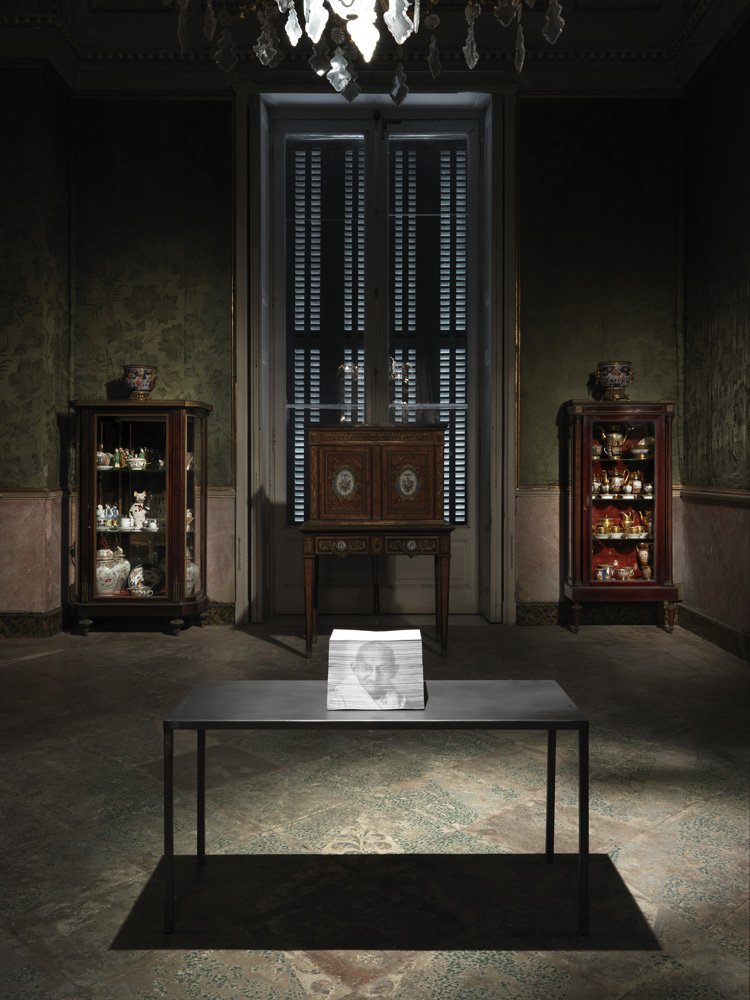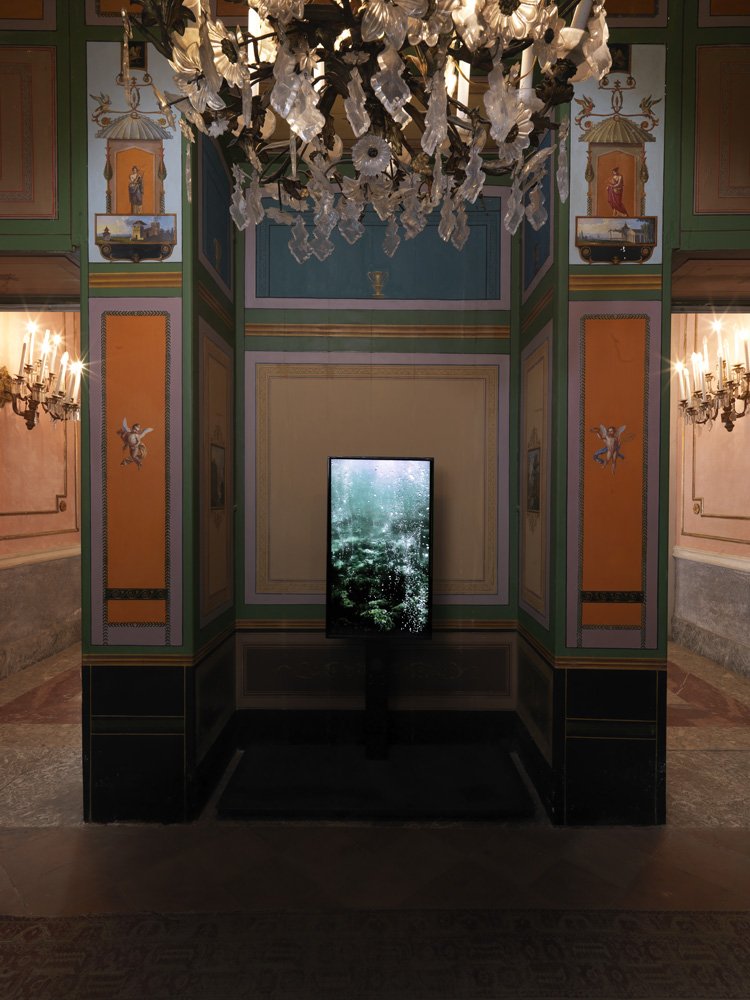Marisa Albanese
Fuori dal giardino
November 29, 2014 — January 7, 2015
Museo Diego Aragona Pignatelli Cortes, Naples
curated by Studio Trisorio
«My voyage began with Voltaire’s Candide. This voyage was around a world, our world, which is far from being the best of all possible worlds. In reading Candide, one is struck by the protagonist’s guilelessness and his candour. However, in reading on, the idea begins to emerge that perhaps the Candide’s guilelessness is universal to all of us who, when faced with evils of the world and the horrors of war, prefer not to see and continue hoping for the best of all worlds. Voltaire’s conclusion leads us to understand that the only manner in which we can hope to obtain that world is to tend that small part of the world, that garden, which is ours».
Immersed in these reflections, Marisa Albanese develops a project linking her travels to those of Candide and to those which each of us embark upon every day. Indeed, the artist has positioned more than thirty works made during the course of her travels in the midst of the eclectic museum home of Villa Pignatelli and is exhibiting them on new elements, specially designed for exhibit by the architect Giovanni Francesco Frascino.
The artist focuses on the contradictions of a world which geographically appears to be one, but which, instead, is culturally divided by very profound physical and mental barriers and borders, emphasized by signs and words which then explode into the violence of contemporary war.
The exhibit opens in the vestibule [1] with a work entitled Lame (Blades) composed of the three sacred books of the great monotheistic religions – the Torah, the Bible and the Qu’ran, which for centuries served as the viaticum for all evangelization/ colonization/conquest expeditions – positioned in the centre of the evocative circular foyer.
In the glass-paned tables along the showcases room [2] there are several water-colours related to the travel photographs.
Among the autographed photographs of illustrious visitors to the Villa and a portrait of Princess Rosina Pignatelli as a young woman in the blue room [3], the artist places
portraits in black and white which she has been executing since the late Seventies during the course of her travels in the Orient, particularly in China, Thailand, India and Malaysia.
In the red room [4], Marisa Albanese will be exhibiting Arcipelago, a group of small white bronze statues arranged on a large table. In a corner of the room is a new glass showcase, which complements the symmetry of the other three showcases displaying pieces from the Museum collection, and contains four groups of small figures in white clay arranged in a blind, Brueghelian procession (La parabola dei ciechi/The Parable of the Blind, Campo minato/Mined field, Involved, Erranti/Wanderers). The work entitled Fioritura is also situated in one of the three showcases displaying object’s from the Museum’s collection.
On exhibit in the green room [5] are three-dimensional, photographic portraits (Giardinieri/Gardeners) of some of the leading protagonists of our time (Mahatma Gandhi, Rosa Parks and Malala Yousafzai) who have dedicated their lives to tending the “community garden”.
In the veranda [6] dedicated to the memory of Princess Rosina’s husband – Prince Diego Aragona Pignatelli Cortes, Duke of Monteleone – the artist will exhibit Shot, a work in marble, and an installation entitled Fuori dal giardino (Outside of the garden) – an imposing 3 meter high structure, composed of thousands of piled newspapers.
In the pink room [7], the triptych composed of Colpo Mancino (Left Hook), Finto Oro
(Fake gold) and Legami (Bonds) is a reference to the evils of the world.
The course of the exhibit comes to a close in the pompeian toilet [8], with Fault Line, a video featuring air bubbles rising from an underwater spring created by volcanic activity, signs of hidden energy which, together with the sounds of the creatures who inhabit deep sea, transport us into another dimension.
Fuori dal giardino at Villa Pignatelli purports to provide a direct contrast with the domestic dimension of the house-museum. The exhibit, which has been organized by Studio Trisorio, is being held under the aegis of the Soprintendenza Speciale per il Patrimonio Storico, Artistico ed Etnoantropologico e per il Polo Museale della città di Napoli e della Reggia di Caserta.
Special acknowledgement is made to Il Mattino newspaper for having contributed to the creation with 30,000 newspaper copies for the creation of the work entitled Fuori dal giardino.

